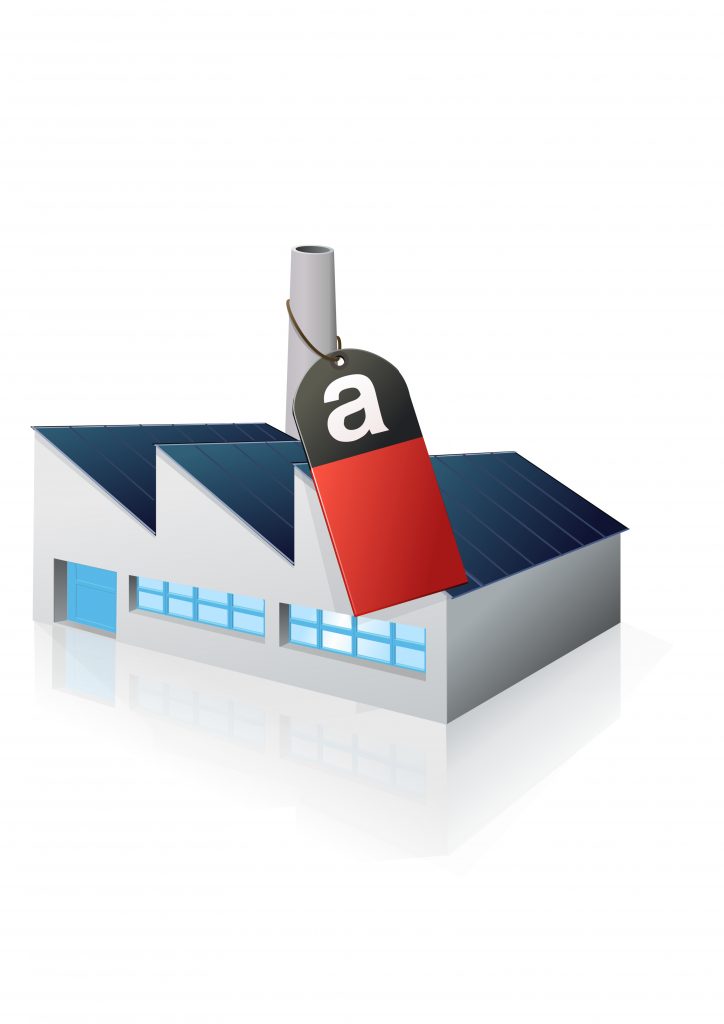Safely Removing Low-Risk Asbestos Artex Edinburgh
CASE STUDIES
Methodology:
Assessment and Planning:
Before commencing any removal work, our team conducted a thorough assessment of the site to determine the extent of asbestos contamination and develop a comprehensive removal plan. This involved identifying the type of asbestos present (in this case, chrysotile) and assessing the associated risks.
Safety Precautions:
Ensuring the safety of our team and the occupants of the property is our top priority. To mitigate risks, our technicians donned appropriate personal protective equipment (PPE) and implemented stringent containment measures to prevent the spread of asbestos fibers.
Removal Process:
With safety measures in place, our team proceeded with the removal process, carefully extracting the asbestos-containing material from the ceiling. Specialized techniques and tools were employed to minimize disturbance and reduce the release of airborne fibers.

Disposal:
Asbestos disposal is a highly regulated process that requires adherence to strict guidelines. Following removal, the asbestos waste was transported to a licensed waste station, where it was securely disposed of in accordance with environmental regulations.
Certification:
Upon completion of the removal process, oNEA sAFE provided the client with a comprehensive completion certificate, including a SEPA waste note. This documentation serves as evidence of compliance with regulatory requirements and provides peace of mind to the client.
Conclusion:
The successful removal of low-risk asbestos artex from the ceiling in Edinburgh highlights oNEA sAFE’s commitment to delivering safe and effective asbestos solutions. By prioritizing safety, adherence to regulations, and providing transparent documentation, we ensure peace of mind for our clients while maintaining environmental responsibility.
